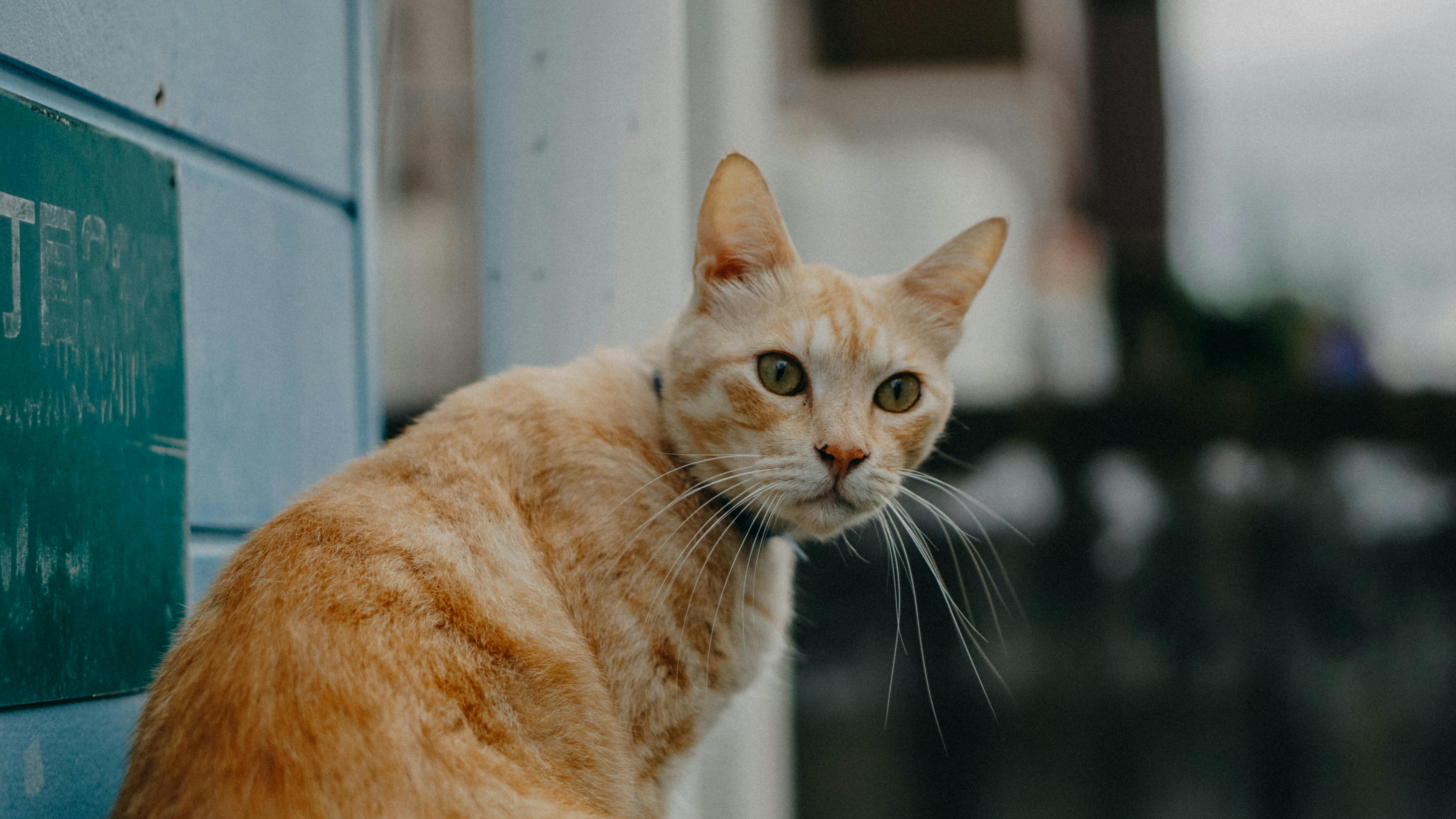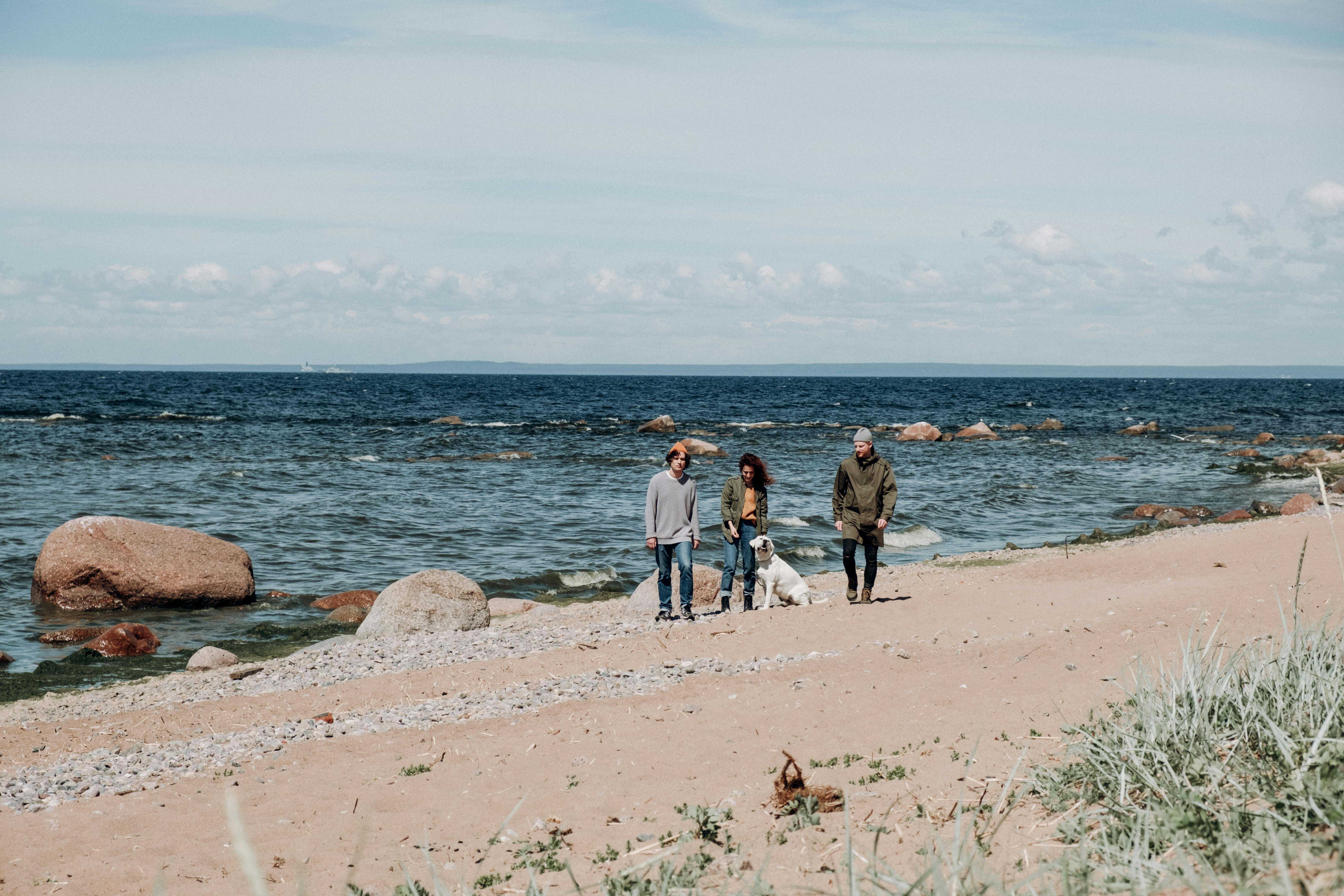By the time you’ve finished this article, you’ll be able to know how to tell if the coming years are good or bad for you, and how long this season will last, so you can act accordingly: if there’s a storm on the horizon, you’ll take shelter in time, if sunny days are coming, you will take advantage before the opportunity passes, so that you can achieve a lot in life.
Before that, however, we first have to see what lessons are derived from the life of the great Spanish painter Pablo Picasso, how the alternations of his life, from good to bad and vice versa, radically influenced his successful career.
Between the ages of 11 and 27, Picasso was going through a bad time in his life. His family originally moved to La Coruña, a small Spanish town on the Atlantic Ocean, when he was 11 years old, in 1892. There, rain and fog reigned almost every day. “The rain… and the wind,” Picasso wrote wistfully when he was a small child, “have begun and will continue until La Coruña no longer exists.” Three years later, the conflict with his father arose. His father – an amateur painter – felt that his son’s drawings were not up to the task. So Picasso went to Madrid. But there, he ran out of money. He did not have enough money to buy food and became seriously ill with scarlet fever.
Therefore, he was forced to return to Barcelona. But his father had become extremely hostile; the gap between them would never be bridged. Soon after, the son stopped using his father’s name -Ruiz- and kept only his mother’s: Picasso. And when he later went to Paris, he faced extreme difficulties. He couldn’t sell any of his paintings and every day he got more desperate. So, he was forced to return to his family in Barcelona again to have at least something to eat.
Picasso stayed in Barcelona for three years, but those years were filled with depression, so he returned to Paris. There he stayed in a miserable room on the ground floor with a rotten floor, without ventilation and without heating. He tried to sell some of his works, but the results were disappointing.
But at the age of 27, in 1909, a good season began for Picasso. He started earning a good income and left the miserable room. He moved into a large apartment in one of the best areas of Paris and began hosting wealthy friends and others at receptions on Sunday afternoons. His life had changed drastically.
Although the First World War began in 1914 and the war situation was very difficult for many people, it was not for Picasso. Most of his friends went to the army – and he never saw many of them again – but because he had Spanish citizenship, he was not required to serve in the army. And in 1918 he married Olga Khokhlova, a Russian ballet dancer. His works were now being bought with enthusiasm and his income was so substantial that he and Olga were able to move into a luxurious apartment on the fashionable Champs-Élysées area.
The next five years between 1921 and 1925 were filled with money, comfort, and pleasure. He was not deprived of anything during those years, while he was constantly invited to receptions and balls of the Parisian nobility. He spent his summers in the most expensive French resorts, for example, in Cannes on the Riviera.
But in 1925 another bad season began for Picasso. He was possessed by a great inner rage. He began painting nightmarish works, depicting figures with monster faces, rotten teeth, bare human bones, and crooked limbs, all for no apparent reason. The first of these works was The Three Dancers, which showed figures with dislocated bodies and displaced noses, mouths, hands, and breasts, a work that revealed his own fragmented state of mind, a state of perpetual nightmare.
This situation continued in the following years. In addition, in those years his relationship with his wife Olga had become very difficult and in 1931 his marriage began to deteriorate. She was a strong woman and they argued constantly. In 1933, the “winter” of this season definitively enters Picasso’s life: the great painter stops painting. “I am alone in the house,” wrote a friend, “and you can imagine what has happened and what awaits me.” His marriage to Olga had definitely ended that year; she had left, taking hers her 14-year-old son Paulo with her.
Picasso was completely lost. He was given to fits of rage, isolated himself in his house and refused to see anyone. And he became lethargic. He did not do any of the paintings he had been commissioned to do; instead, he began to write poems. They were surreal poems, without rules of grammar or form, which he tried to keep secret. In September 1939 World War II broke out. Frightened, Picasso left Paris and went with his friend Dora Maar to a small town on the Atlantic coast. But in August 1940, he was forced to return to Paris, where German troops were already in full control.
But in 1941 a new good season began for Picasso. To his surprise, the Germans treated him with great courtesy and respect. The officers frequently visited him at his home, admiring his handiwork and sometimes offering him coal for fuel during the cold winter of 1941. But he graciously and humorously refused. In 1942 a new Picasso was born: his anger dissipated to give way to a calm and joyful mood that was reflected in his works.
In June 1944, the course of the war changed after the Allies landed in Normandy. The same month, the allies triumphantly entered Paris. Overjoyed, the crowd ran through the streets. Old friends and acquaintances of Picasso, along with soldiers and others, flocked to his studio, a celebration that lasted for days. Picasso had suddenly become a new kind of hero, a symbol of passive resistance to the enemy during the oppressive days of the occupation. In the fall of 1944, it seemed that Picasso loved everyone and everyone loved him. He was one of the most popular people in France. The only person who could compare with him was General Charles de Gaulle, the great hero of the war.
Around that time, the great “Salon d’Automne” reopened its doors after four years of forced inactivity, an exhibition hall where the most important paintings in Paris were shown every year. Although until then no foreign painter had been invited to participate, now Picasso was the guest of honor. An entire gallery was made available to him, and he sent 70 of his paintings and five of his sculptures, all done after 1940 and unknown to the public.
Beginning in 1945, Picasso’s storm and fury evaporated forever. He resorted to cheerful and vivid themes. The same year, another woman entered his life: Françoise Gilot, 21 years old and beautiful, intelligent and vivacious. (Picasso was 64 years old). She painted the new model of her in a skillful and playful manner: as “a flower with a face surrounded by leaves or petals.” In the fall of 1946, she was faced with an enormous demand for his works: all the museums wanted to acquire them.
The following year, Picasso, Françoise, and their child, a son named Claude, settled in a town on the Riviera. There they bought a house and a period of unprecedented tranquility and happiness began for him. He also produced some clay masterpieces there. In the summer of 1953, his relationship with Françoise ended and another woman entered his life. She was Jacqueline Roque, a beautiful and self-confident young woman – she was already 72 years old – who would later become his second wife and would be with him until the end. Invigorated by her new life, he then created some of the most beautiful portraits of Jacqueline.
But this good season finally ended here. In 1957 a new bad season would begin, the last of his life, for Picasso. He was 76 years old and felt old. His main concern at that age was, of course, his health. But he didn’t feel well; he felt disappointed and his mental state was bad. So, he soon withdrew from the world stage. In 1961 he bought another villa on the Riviera surrounded by leafy trees that protected the house from the outside world. Frustrated, he isolated himself there for the rest of his life. The days of his innovation and surprising the public with his works were over. At the end of this bad season, in 1973, he left this life at the age of 92.
Conclusion
Picasso’s life reveals that even the people we think of as having had great success throughout their lives have also had their bad seasons, just like all of us. Picasso’s life shows that a bad season began for him in 1892, which was followed by a good season, beginning in 1909. A new bad season began in 1925, then a new good one began in 1941. Picasso’s last bad season in his life he began in 1957. Do not blame yourself, then, when you feel that you are in a bad season. The same thing happens to all people, regardless of how successful they are in life. Happiness and success do not follow us throughout our entire lives.
However, the season-like alternations are also derived from the biographies of many other famous people I have studied. Among them are biographies of Napoleon, Beethoven, Verdi, Churchill, Aristotle Onassis, Jackie Kennedy Onassis, Queen Elizabeth I of England, Elizabeth Taylor, Margaret Thatcher, Columbus, Mandela and many others, more than 20 biographies in all.
For example:
— Beethoven’s good and bad seasons alternated in 1776, 1792, 1809 and 1825
— Napoleon alternated in 1776, 1792 and 1809
— Churchill alternated in 1875, 1892, 1908, 1924 and 1941
— Verdi alternated in 1825, 1842, 1859, 1875 and 1892
— Aristotle Onassis alternated in 1924, 1941, 1957 and 1974
— Jackie Kennedy Onassis alternated in 1941, 1957, 1974 and 1990
— Elizabeth Taylor alternated in 1941, 1958, 1975 and 1990
— Margaret Thatcher alternated in 1941, 1957, 1975 and 1990
— Mandela alternated in 1941, 1957, 1974 and 1990
— Queen Elizabeth’s I of England alternated in 1545, 1562, 1578 and 1595
— The alternation of Columbus in 1479 and 1496.
Comparing these biographies, I came to a surprising discovery: the seasons of all the people mentioned alternated according to a certain pattern. Furthermore, after extensive research, I discovered that the seasons of our own lives alternate according to the same determined pattern. That means, therefore, that we can foresee how the good and bad seasons of our lives will alternate in the future, with astonishing precision.
So, we can act accordingly. If there is a storm on the horizon, we can take shelter in time. If sunny days are coming, we can take advantage of them before the opportunity passes. Therefore, we can be very successful in life by making crucial decisions regarding our career, marriage, family, relationships, and all other matters of life.
From the above conclusion it follows that in order to be successful in life, you first have to know how the seasons of your own life will alternate from good to bad and vice versa in the future.




